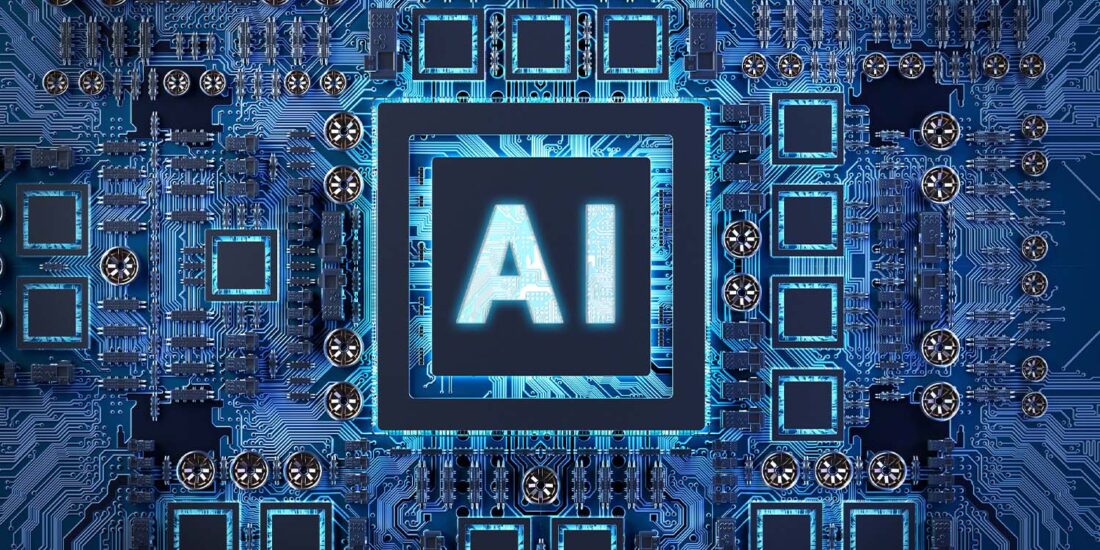Dear Readers,
Another year, another opportunity to explore the complex relationships between technology, teaching, and learning. And what a year it was! Propelled by lessons learned from the COVID-19 pandemic, researchers and practitioners from around the world continue to wrestle with important matters related to online and blended learning, the emergence of generative artificial intelligence (AI), and how we scaffold and support learners and teachers. How should we make sense of this ever-changing educational landscape? In some ways, it seems our efforts to answer this question (and others) feel more pressing and important than ever.
As in year’s past, the current issue of the IAFOR Journal of Education is proud to share five articles with readers. Each article probes the possibilities and implications of today’s educational technologies in their own way and with different target populations. They explore a range of topics including AI chatbots, virtual simulations, technology integration, and collaborative and remote education. Together these manuscripts continue the journal’s ongoing commitment to international scholarship with authors from India, Morocco, South Africa, Sweden, and Qatar.
What follows is a quick overview of the articles in this year’s technology-focused issue.
Article 1
The first article is interested in university students’ perceptions of AI chatbots. Do chatbots have a place in higher education? And, if so, where? In this article, Antony and Ramnath begin by defining chatbots and then elaborating on their surprisingly long history. From there, they describe a qualitative study aimed at understanding the factors that influence student engagement and support with AI chatbots. Guided by the Unified Theory of Acceptance and Use of Technology, the authors share eight themes revealing the potential of “virtual assistants” to facilitate communication, enhance engagement, and offer timely support.
https://doi.org/10.22492/ije.11.2.01
Article 2
Our second article offers readers a South African perspective on what higher education might learn about remote learning in the wake of COVID-19. Authored by Pitso, this article describes a study that used participatory evaluation design to develop a deeper understanding of remote learning as the “new normal” and to explore its advanced potentialities. Working with undergraduates (n = 15), the paper promotes a “technology-as-essence” framework, arguing that remote learning can, and should, lead to greater student control of the learning process. The study addresses the positive impact asynchronous learning models coupled with advanced technologies can have on institutions of higher education.
https://doi.org/10.22492/ije.11.2.02
Article 3
The third article by Hansson, Samuelsson, and Höög explores the impact of using virtual simulations to help pre-service teachers feel more comfortable teaching controversial issues. Using conspiracy theories as controversial issues, the authors worked with student teachers (n = 43) in Sweden who were tasked with teaching these theories and critical thinking to virtual learners in a simulation. The purpose was to create a safe and authentic training situation for preservice teachers to improve their practice. The results support existing evidence that simulation teaching is a cost-effective and powerful way to provide student teachers experiences that help them integrate different forms of knowledge (e.g., content, pedagogical).
https://doi.org/10.22492/ije.11.2.03
Article 4
The fourth article by Baytar, Ettourouri, Saqri, and Ouchaouka examines Moroccan teachers’ concerns about integrating information and communications technology into their teaching practices. The study used the Concerns-Based Adoption Model with 382 teachers to generate an overall profile of the teachers’ stages of concern. The results found many teachers fit a profile of “reluctant” non-users. However, the findings highlighted important relationships between the teachers’ concerns about technology integration, their technology training, and their pandemic experience. Taken together, these findings have important implications for the design of interventions meant to address teachers’ individual technology integration concerns.
https://doi.org/10.22492/ije.11.2.04
Article 5
The final article in this issue is a conceptual piece encouraging readers to think about today’s educational technology trends and teaching requirements. It challenges all of us to think about what these suggest about the future of the education enterprise. With these big ideas established, the authors argue that collaboration should be a central component of how learners acquire digital skills in an era of AI. They go on to make the case that advanced educational technologies can be integrated with engaging pedagogical approaches to make it easier than ever for students and teachers to interact and engage collaboratively.
https://doi.org/10.22492/ije.11.2.05
In closing, we hope you find the articles in the current issue enlightening and inspiring as the field continues its earnest efforts to make high-quality and meaningful education the standard for all.
Daniel L. Hoffman, Associate Editor, Michael P. Menchaca, Editor, and Devayani Tirthali, Associate Editor
IAFOR Journal of Education: Technology in Education
tech.editor.joe@iafor.org
IAFOR Journal of Education: Volume 11 – Issue 2 – Technology in Education
Published: August 26, 2023
ISSN: 2187-0594
https://doi.org/10.22492/ije.11.2

